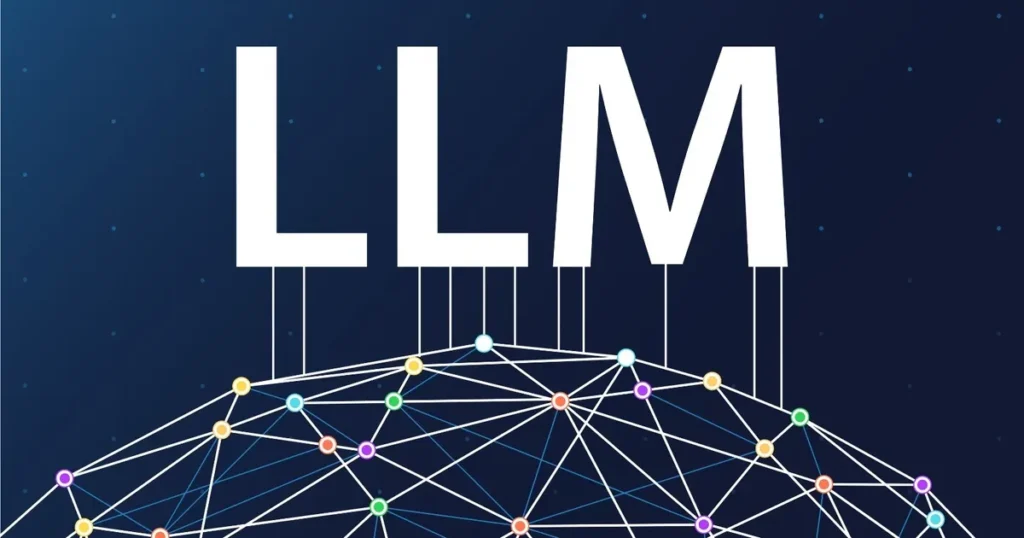Large Language Models (LLMs) have become one of the most exciting advancements in artificial intelligence. They’ve opened doors for businesses to innovate in areas like customer service, content creation, and data analysis. However, despite their immense potential, LLMs come with their own set of challenges.
These LLM issues can make it difficult to harness the full power of this technology. In this article, we will take a deep dive into these challenges, explore their impact, and look at how we can address them to make LLMs more effective and reliable.
What are LLMs?
Before diving into LLM issues, let’s take a quick look at what LLMs are and how they work. Large Language Models are AI systems trained on vast amounts of text data. Their job is simple: they process language and generate text that mimics human writing. They can write essays, answer questions, and even generate code. Popular models like GPT-3 and GPT-4 are examples of LLMs that have become widely recognized for their ability to understand and generate human-like text.
But with all their capabilities come significant challenges that businesses and developers must confront before LLMs can be deployed for practical use.

Key LLM Issues Facing Enterprises
1. Cost Efficiency in Deploying LLMs
One of the primary LLM issues is the high cost of deployment and ongoing maintenance. Training an LLM requires massive computational power. These models are typically trained on hundreds of gigabytes of text data, which demands powerful GPUs and considerable electricity. Even running them for customer-facing applications can incur significant costs.
This is especially challenging for small and medium-sized businesses that may not have the resources to invest in the infrastructure required for these models. For example, it’s estimated that training a state-of-the-art LLM like GPT-3 costs upwards of several million dollars in computational expenses alone.
But the good news? By using more efficient architectures or “frugal” LLMs, businesses can cut down on energy and computational costs, making these models more accessible.
2. Accuracy and Reliability of LLM Outputs
Another major issue is ensuring the accuracy of LLM-generated content. While LLMs can generate text that appears fluent, they are not infallible. They often produce what is known as “hallucinations” – false or nonsensical information. This can be especially dangerous in fields like healthcare, finance, or legal sectors, where incorrect information can have serious consequences.
Imagine using an LLM to generate legal advice, only for it to make critical errors that harm the business or mislead a customer. This highlights the need for accuracy when using LLMs in real-world applications. In many instances, LLMs need to be fine-tuned on specific domain knowledge or datasets to improve their reliability and reduce these LLM issues.
3. Keeping LLMs Up to Date
The fast-paced nature of the digital world makes keeping information current a crucial task. Many LLMs are trained on static datasets, which means they can quickly become outdated as the world changes. For example, an LLM trained on outdated medical information or legal terminology could provide inaccurate, old-fashioned advice, causing significant problems for users.
For businesses that rely on real-time data, keeping LLMs current is an ongoing challenge. This is a common LLM issue in applications such as news generation, customer support, and financial analysis, where up-to-date information is vital.
4. Enterprise Context Awareness
LLM issues related to context awareness are often overlooked but can lead to significant failures. LLMs are typically trained on general data, which means they may not always understand the specific needs or tone of an enterprise. For example, a business might require a more formal tone in customer support communications, but an LLM might generate overly casual or inappropriate responses.
To overcome this, LLMs need to be fine-tuned for specific contexts, incorporating industry-specific knowledge, company preferences, and the desired tone of communication. This helps ensure the generated content aligns with the company’s brand and meets customer expectations.
5. Safety and Ethical Concerns
Safety remains one of the most pressing LLM issues today. Since LLMs can generate text on a wide range of topics, they may inadvertently create harmful, biased, or discriminatory content. This poses significant ethical concerns, especially when LLMs are deployed for customer-facing applications.
Moreover, there’s the issue of data privacy. If an LLM is trained on sensitive data, there’s a risk of exposing private information when interacting with users. It’s essential for developers to implement safeguards that prevent harmful or unethical outcomes from LLMs.
6. Bias in LLMs
Bias in LLMs is a significant concern. Since these models are trained on vast amounts of text data from the internet, they can inherit and amplify the biases present in the data. Whether it’s gender bias, racial bias, or political bias, LLMs can unknowingly produce biased outputs. For example, an LLM trained on biased data might generate responses that favor one political viewpoint or reinforce harmful stereotypes.
Efforts are underway to reduce bias in LLMs through better training methods and data selection, but this remains a persistent LLM issue that requires careful attention.

Solutions to Overcome LLM Issues
Despite these challenges, there are ways to mitigate the common LLM issues and optimize their use for businesses and developers.
1. Optimizing LLM Cost Efficiency
There are several strategies that can help reduce the cost of deploying LLMs. One approach is using smaller, more specialized models rather than relying on massive models like GPT-3. These smaller models require fewer computational resources, making them more affordable to run at scale.
Additionally, businesses can leverage techniques like model distillation, which involves training a smaller model to mimic the behavior of a larger one. This reduces computational costs while maintaining much of the performance.
2. Improving Accuracy
To ensure the accuracy of LLM outputs, businesses can fine-tune their models with domain-specific data. Fine-tuning allows the model to adapt to particular tasks, reducing the likelihood of generating hallucinations. For example, an LLM used in healthcare can be trained on medical datasets to improve its accuracy when answering health-related questions.
Furthermore, regular monitoring and updates to the models can ensure they remain accurate and reliable.
3. Ensuring Current Information
To keep LLMs current, businesses can integrate real-time data sources into their applications. This allows the model to continuously update its knowledge base, ensuring it is aligned with the latest information. For industries that rely on dynamic data, such as finance or news, integrating live data feeds into the LLM workflow can help overcome the challenge of outdated information.
4. Contextualizing LLMs for Specific Enterprises
To ensure that LLMs align with an enterprise’s specific needs, businesses should customize their models with relevant industry data and internal guidelines. Training LLMs on company-specific datasets, including customer interactions and product information, helps tailor the model’s responses to the unique requirements of the business.
5. Enhancing Safety and Ethics
To mitigate safety and ethical concerns, businesses should implement robust moderation systems to detect harmful or biased content generated by LLMs. This can include automated checks for harmful language, as well as manual reviews of generated content in high-risk scenarios. Additionally, developers can implement safeguards like data anonymization and encryption to protect user privacy.

Conclusion
Large Language Models offer incredible potential for businesses and industries, but the challenges they present—such as cost efficiency, accuracy, and safety—cannot be ignored. As we continue to develop and refine these technologies, it is crucial to tackle these LLM issues head-on.
The solutions are within reach, from cost-reducing methods to more accurate and ethical model development. The future of LLMs is bright, but can we overcome the hurdles that still stand in our way? Only time will tell.










